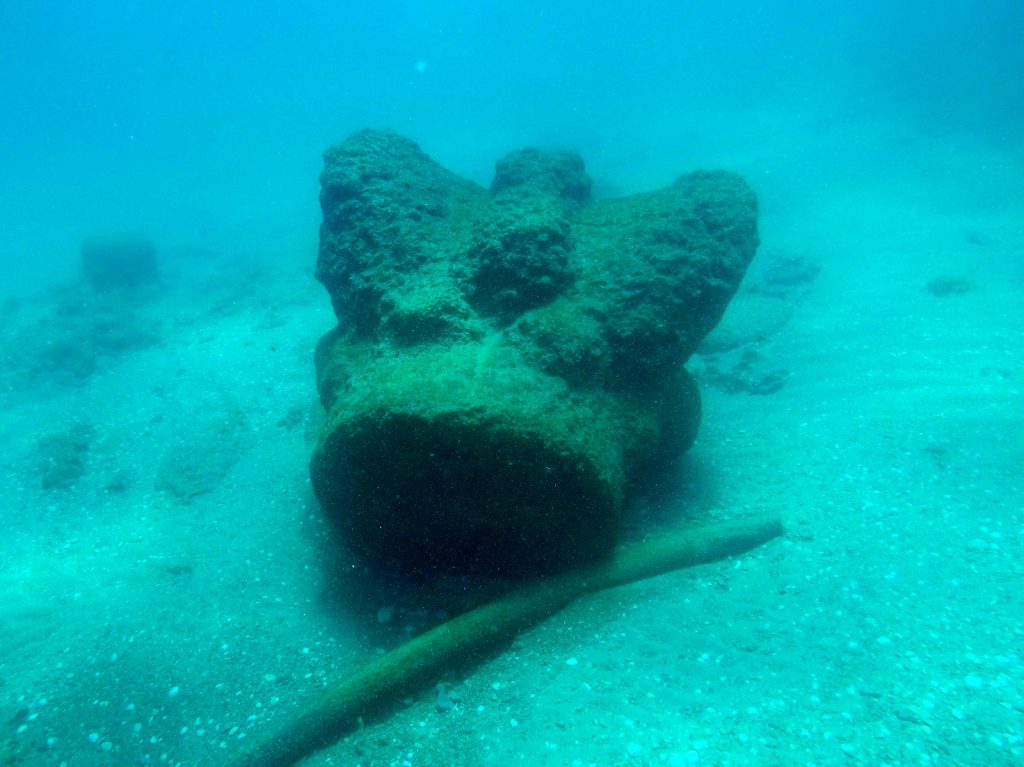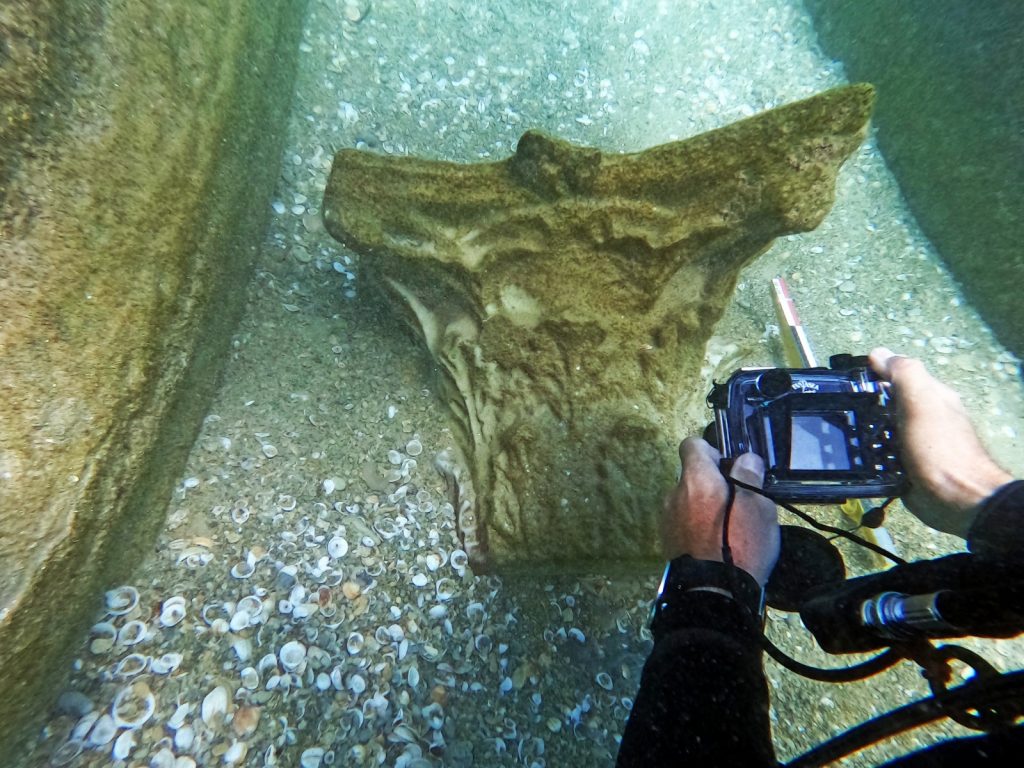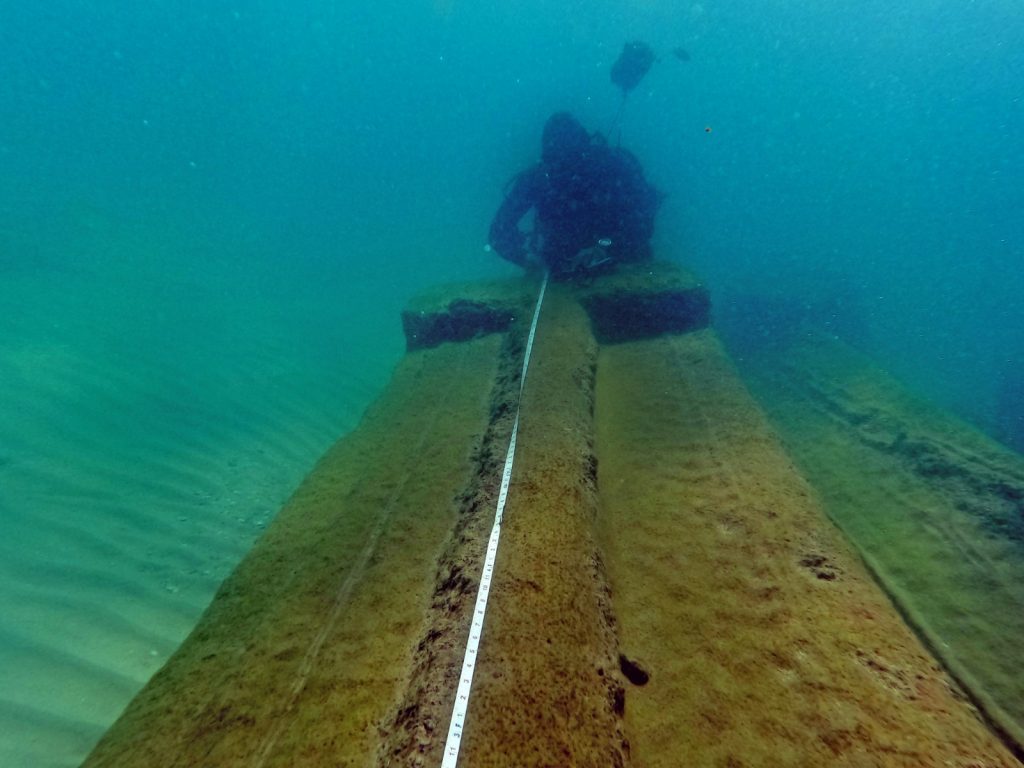Archaeology & History
A Diver Discovered an 1,800-Year-Old Shipwreck Off the Coast of Israel Containing a Trove of Marble Artifacts
The rare find has also resolved an ongoing archeological debate.

The rare find has also resolved an ongoing archeological debate.

Artnet News

An eagle-eyed swimmer named Gideon Harris recently alerted the Israeli Antiquities Authority to what would become a gigantic find: 1,800-year-old marble artifacts that sunk to the ocean floor when the merchant ship carrying them was wrecked in a storm off the coastal waters of Moshav Beit Yanai, north of Netanya.
According to the Antiquities Authority, it’s the oldest sea cargo of its kind to have been found in the Eastern Mediterranean. The haul is made up of marble Corinthian column capitals and a marble architrave measuring some 20 feet long. Experts surmise they were destined for a public building such as a temple or theater.

Courtesy Israeli Antiquities Authority.
“We have been aware of the existence of this shipwrecked cargo for a long time,” said Koby Sharvit, director of the underwater archaeology unit on Facebook, “but we didn’t know its exact whereabouts as it was covered over by sand, and we therefore could not investigate it. The recent storms must have exposed the cargo.” Thanks the discovery made by Harris, the diver, the authorities have been able to carry out preliminary archaeological investigations. Sharvit said a more in-depth research project is planned.
The ship in question bore a cargo weighing at least 200 tons that likely originated in the Aegean or Black Sea region, in Turkey or Greece. It was bound for a port on the southern Levantine coast, such as Gaza, or Alexandria, in Egypt.

Courtesy Israeli Antiquities Authority.
“These fine pieces are characteristic of large-scale, majestic public buildings,” wrote Sharvit. “Even in Roman Caesarea, such architectural elements were made of local stone covered with white plaster to appear like marble. Here we are talking about genuine marble.”
The find not only turned up these artifacts, but it also resolved a longstanding archaeological debate as to whether imported architectural elements were completely worked in their land of origin, or whether the materials were imported partially carved and then finished nearer to the building site. This discovery shows that it was the latter.
More Trending Stories: